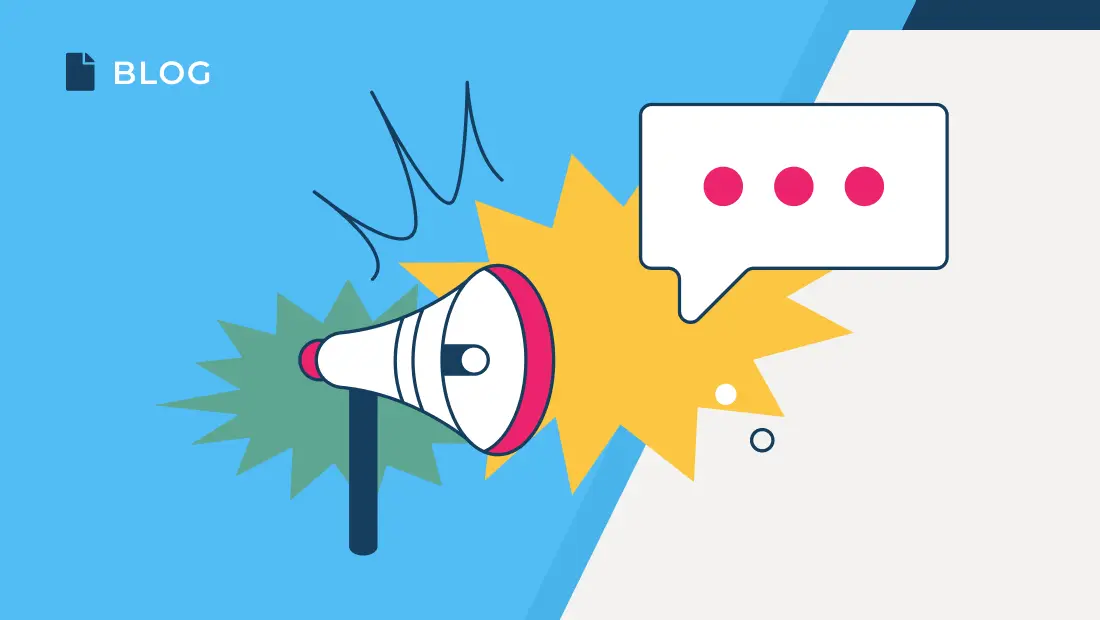The trial experience is your springboard to sky-high product growth. But to be effective, it takes planning. Your trial experience can either launch prospective users toward faster product adoption, or it could give way, collapse, and cause new users to drop off.
We’re here to help you create a trial experience that will grab ahold of users, push them toward long-term product adoption, and catapult growth. In this article, we dissect the elements of effective SaaS trials and lay out a formula to create a best-in-class trial experience.
Why does your trial experience matter?
In the modern SaaS environment, the trial experience isn’t just important—it’s essential. As the SaaS world becomes more and more competitive, customers expect a chance to try out products before they commit.
And trials have the potential to convert. According to a Recurly Research report, 6 out of 10 free trials turn into paid subscriptions.
Still, it’s not enough to offer any old product trial and step away. Product leaders and managers need trials that hit users with value right away and hook new prospects. And it takes strategy to craft this type of captivating trial experience.
How does a world-class trial experience look?
Unfortunately for product leaders, most trial experiences are riddled with holes. Throughout the trial, there are usually gaps between the user’s experience and their expectations. The best trial experiences actively bridge the gaps between what the user expects and what they get.
Wondering how? Delivering value as fast as possible takes insight into the user’s experience. By analyzing a customer’s steps with analytics and surveys, you’ll gain a window into where they’re stumbling. The most captivating trial experiences anticipate those holdups and eliminate any friction standing between new users and their objectives.
What are some secrets to crafting a best-in-class trial experience?
Ready to reel in more users? Here are a few tips to help you craft a best-in-class trial experience:
1. Perfect the onboarding experience.
Make no mistake, your product onboarding experience will make or break your product trial. And it’s a chance to excel where most companies struggle. After all, 25% of apps are ditched after being used just once. Here are some ways to improve your onboarding experience:
- Get to know users. The first step toward a masterful onboarding experience is understanding your user. Get to know their pain points and their objectives through surveys or interviews.
- Map out their steps to value. Once you nail down your user’s biggest objectives, map out the steps they need to take to accomplish objectives within your product. The clearer the path is to those objectives, the sooner your user will realize value—and the faster you’ll see product adoption.
- Spot quick wins and sticky features. By examining your in-product analytics, you can spot sticky features and low-hanging fruit within your product. Often, unlocking the full potential of those sticky features may be as easy as dropping in educational guides or engagements at key points during your user’s journey.
2. Identify product qualified leads.
Traditional marketing and sales qualified leads set your company up for a crapshoot. With the traditional approach to leads, you don’t know if your users will be ready or right for your product. And wasting your time and efforts on the wrong users can bog down your efforts in a big way.
Instead, you can set up your trials for success by focusing on product qualified leads. These are prospects who fit your target persona, have signed up, and have shown they’re interested in buying or using your product. From there, dig into the common objectives of these product qualified leads, measure results frequently, and make adjustments that fit their needs.
3. Show value right away.
World-class trials display crystal-clear value as soon as possible. Here are a few tricks to showing your users value right away:
- Master product tours. Product tours show users what they can expect. Better yet, if you build your product tour right, you’ll be showing users how they can unlock the most valuable features for their needs.
- Sprinkle in guides. Even if a feature seems intuitive to your team, they may not fully register with users. By paying attention to user behaviors, you can see where users need more in-depth instructions and drop in in-app guides that make it easy to use your product.
- Hand your users checklists. Onboarding checklists are a great way to break down your product in a digestible way. To hit your users with more value upfront, hand them onboarding checklists that lay out essential steps for using your product.
4. Build, measure, and grow.
The best trial experiences are not static. Your users and their expectations are constantly changing, and your product can grow alongside them. Start by setting product KPIs that your teams can share across departments. At the same time, you can use behavioral analytics to chart what friction points are standing between your goals and user actions.
Beyond setting and measuring KPIs, you can also keep improving by baking customer feedback loops into your product. That means gathering feedback through surveys or in-app engagements. Use feedback to cut down user friction. Then check in to see how well your changes improved the user experience.
Start creating captivating trial experiences.
As a project manager or leader, you have the power to build a trial experience that trims time to value and skyrockets growth. And we have the ultimate resource to help you perfect trials and enhance your user’s full product experience. Download our free guide, “Mastering Product Experience In SaaS,” now to learn the secrets to crafting a product-led plan that accelerates company growth.


